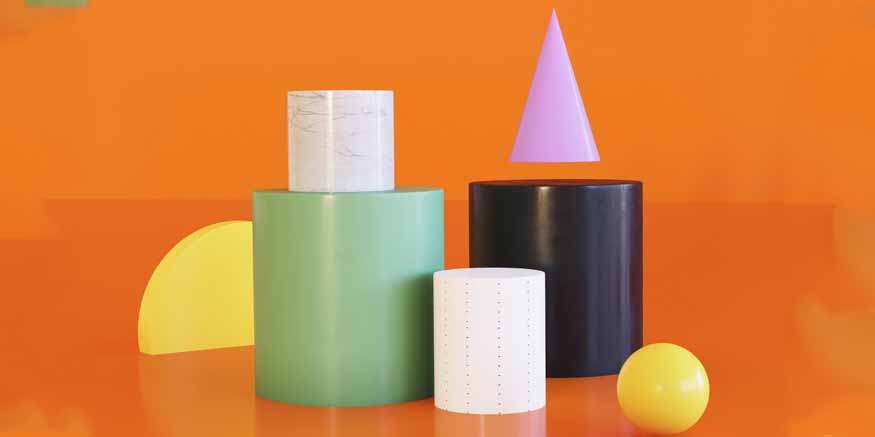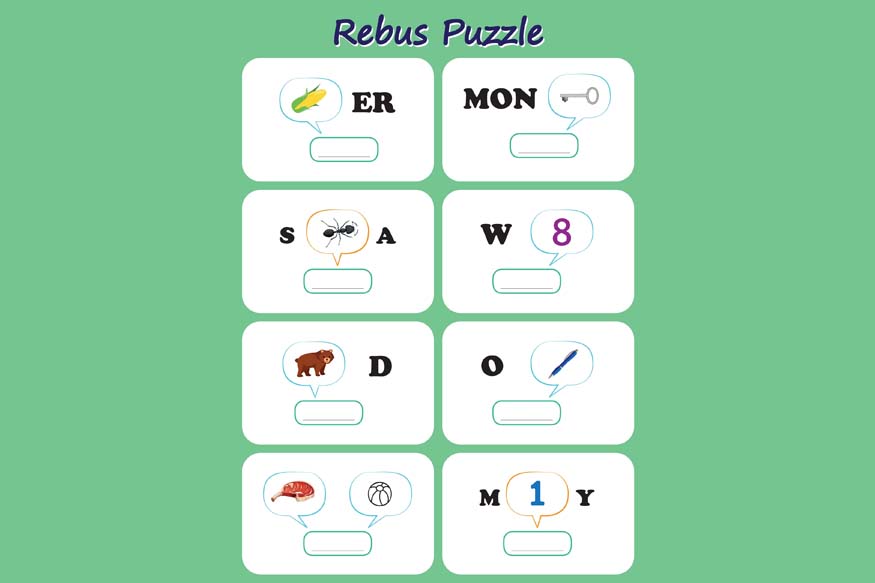Geometry is a fascinating branch of mathematics that helps us understand the shapes and sizes of objects around us. Two fundamental concepts in geometry are surface area and volume. These ideas are not just theoretical but have practical applications in everyday life. This article will explain to you about surface area and volume, how to calculate them, and their importance.
What is Surface Area?
It is the total area covered by the surface of an object. Imagine wrapping a gift. The amount of wrapping paper needed to cover the entire gift is its surface area. For three-dimensional objects, this includes all the faces.
What is Volume?
Volume is the amount of space an object occupies. Think of filling a box with water; the amount of water the box can hold is its volume. Volume tells us how much space is inside an object.
How to Calculate Surface Area with Example
To calculate the surface area, you need to find the area of each face of the object and then add them together. Let us use a rectangular prism (a box) as an example.
Example:
A rectangular prism has the following dimensions:
- Length (l) = 5 cm
- Width (w) = 3 cm
- Height (h) = 4 cm
The Surface Area (SA) formula for a rectangular prism is:
SA=2lw+2lh+2wh
SA = 2lw + 2lh + 2wh
Substituting the values:
SA=2(5×3)+2(5×4)+2(3×4)
SA=2(15)+2(20)+2(12)
SA=30+40+24
SA=94 cm2
How to Calculate Volume with Example
To calculate the volume, you need to multiply the dimensions together. Using the same rectangular prism:
Example:
Volume(V)=l×w×h
Substituting the values:
V=5×3×4
V=60 cm3
Formulas of Surface Area and Volume in Table Format
Shape |
Surface Area Formula |
Volume Formula |
Rectangular Prism |
2lw+2lh+2wh |
l×w×h |
Cube |
6a2 |
a3 |
Sphere |
4πr2 |
πr3 |
Cylinder |
2πrh+2πr2 |
πr2h |
Cone |
πr(l+r) |
πr2h |
How to find the Surface Area of an object from the volume of the object with an example
If you know the volume of an object, you can often rearrange the formulas to find the dimensions and then calculate the surface area.
Example:
Let us find the surface area of a cube if its volume is a=27cm3.
- Start with the volume formula: V=a3.
- Substitute the volume: 27=a3.
- Solve for a: a= 3 = 3cm.
Now, use the surface area formula:
SA=6a2
SA=6×32
SA=6×9
SA=54 cm2
How to find the volume of an object from the surface area of the object with an example
If you know the surface area, you can work backwards to find the volume.
Example:
Find the volume of a cube if its surface area is 54 cm2.
- Start with the surface area formula: SA=6a2.
- Substitute the surface area: 54=6a2.
- Solve for a2: a2==9.
- Find a: a= = 3 cm.
Now, use the volume formula:
V=a3
V=33
Importance of Understanding Surface Area and Volume
Practical Applications:
Construction and Architecture: Architects and engineers calculate the surface area and volume to design buildings and structures. Accurate measurements ensure that materials are used efficiently, costs are managed, and the integrity of the construction is maintained. For example, understanding the volume of concrete needed for a foundation prevents excess waste and shortfalls during construction.
Environmental Studies: In environmental science, surface area and volume are used to understand and manage natural resources. For example, Assessing the surface area of leaves can provide insights into the photosynthetic potential of plants. This measurement is crucial for studying climate change impacts on forests.
Healthcare and Medicine: In the medical field, understanding surface area and volume is vital for proper medication dosing and treatment plans. For instance, the body surface area (BSA) is used to calculate the appropriate dosage of drugs for chemotherapy, ensuring both effectiveness and safety.
Academic Benefits:
Mathematical Foundation: Surface area and volume concepts form the foundation for more advanced studies in mathematics. They are fundamental for learning calculus, geometry, and algebra, which are essential for fields like engineering, physics, and computer science.
Improved Problem-Solving Skills: Working with these concepts enhances critical thinking and problem-solving skills. By solving real-world problems involving surface area and volume, students develop analytical abilities that are valuable in various academic and career paths.
Enhanced Spatial Awareness: Understanding these measurements improves spatial awareness and the ability to visualise objects in three dimensions. This skill is particularly important in fields such as architecture, engineering, and design, where spatial reasoning is crucial.
Life Skills: Efficient Planning and Resource Management: Knowledge of surface area and volume helps in everyday tasks such as planning home renovations, gardening, or organizing storage spaces. For example, knowing the volume of storage bins helps in efficient space utilization.
Cooking and Baking: In the kitchen, understanding volume is essential for following recipes accurately and achieving the desired results. For instance, knowing the volume of ingredients ensures that recipes are executed correctly, leading to better-tasting dishes and successful culinary experiments.
Financial Savings: Accurate surface area and volume calculations in manufacturing and packaging can lead to significant cost savings. Companies can design packaging that uses the least amount of material while still protecting the product, reducing waste and lowering production costs.
Scientific and Technological Advances:
Innovation and Research: In fields such as nanotechnology, biotechnology, and materials science, precise measurements of surface area and volume are critical for research and innovation. For example, in nanotechnology, the surface area-to-volume ratio of nanoparticles affects their chemical reactivity and physical properties, influencing the development of new materials and technologies.
Engineering Solutions: Engineers use these measurements to design and improve systems, from hydraulic structures to aerospace components. Accurate volume calculations are essential for fluid dynamics in designing pipelines, pumps, and water treatment facilities, ensuring efficiency and safety.
Environmental Conservation:
Resource Management: Understanding surface area and volume is key to managing natural resources sustainably. For instance, calculating the volume of reservoirs and aquifers helps in water resource management, ensuring adequate supply and preventing over-extraction.
Pollution Control: Environmental engineers use these concepts to design systems for pollution control and waste management. For example, calculating the volume of emissions helps in designing effective air quality management systems, reducing pollution and protecting public health.
Conclusion
In conclusion, surface area and volume are fundamental concepts in geometry with wide-ranging applications. Whether children design a product, plan a space, or simply try to understand the world around them in the future, a solid grasp of these concepts is invaluable. Students gain important skills that extend beyond the classroom by learning calculations and applications of these measurements.
For more such informative/interesting blogs, visit Center Point School.





